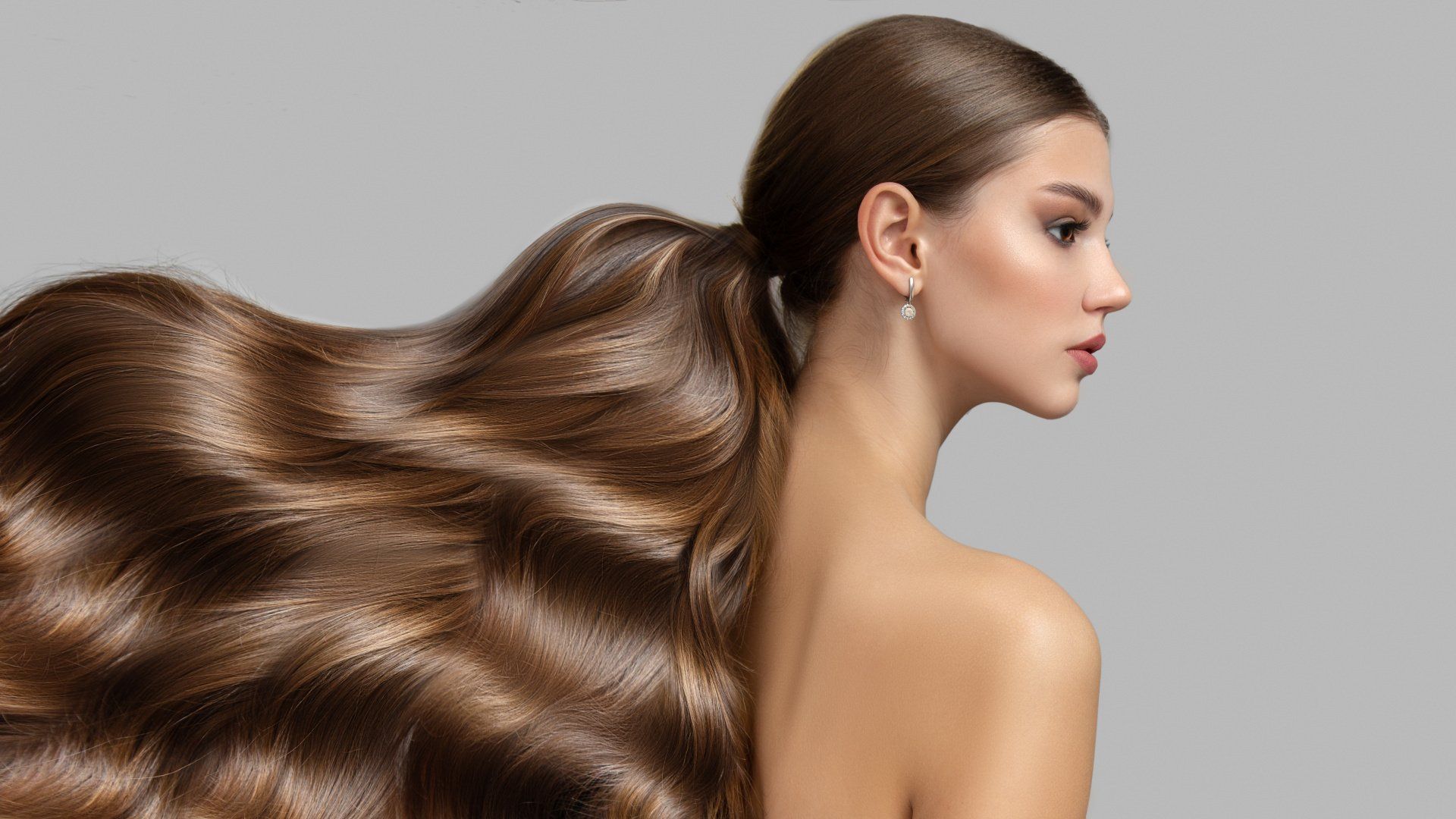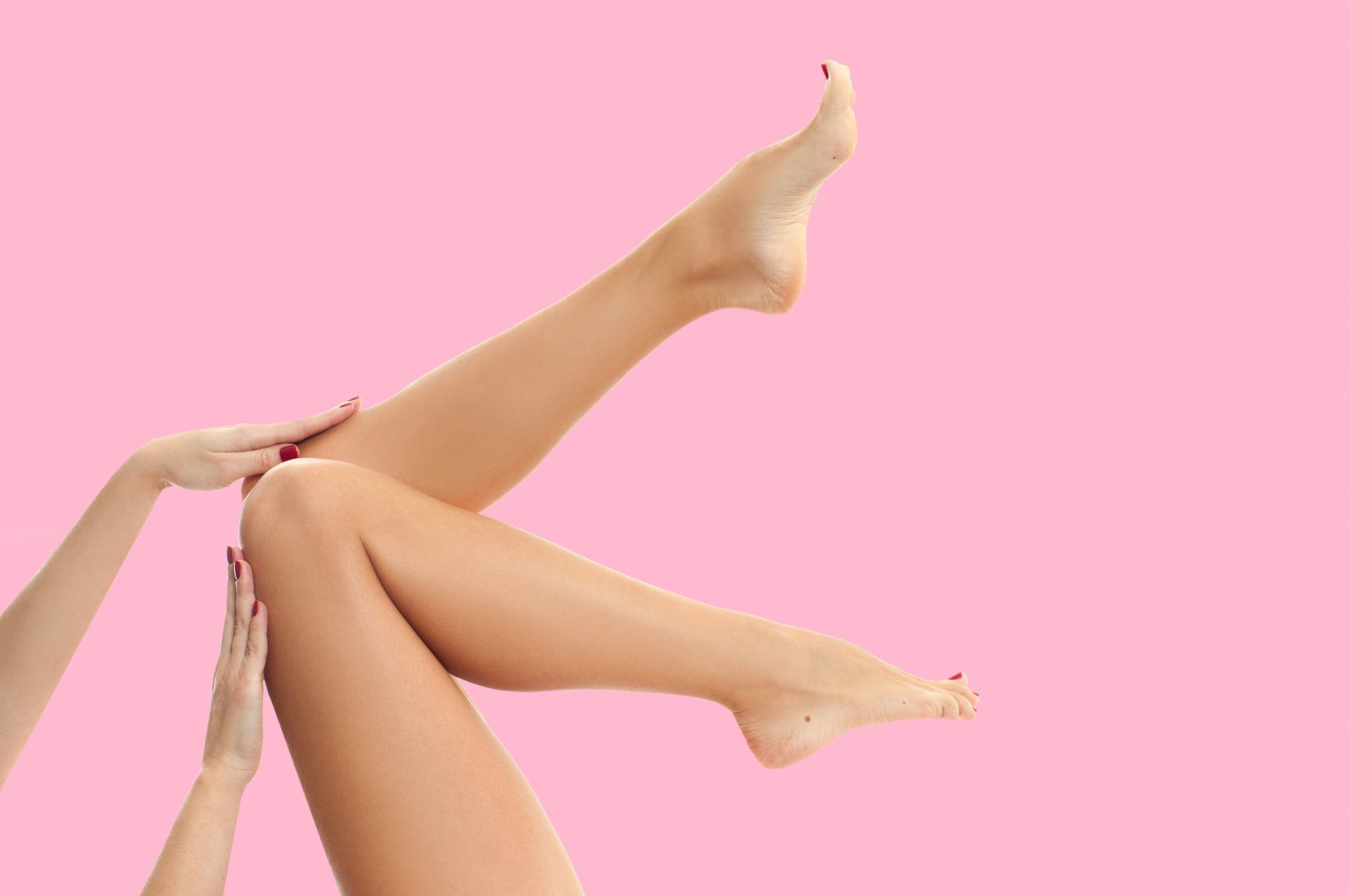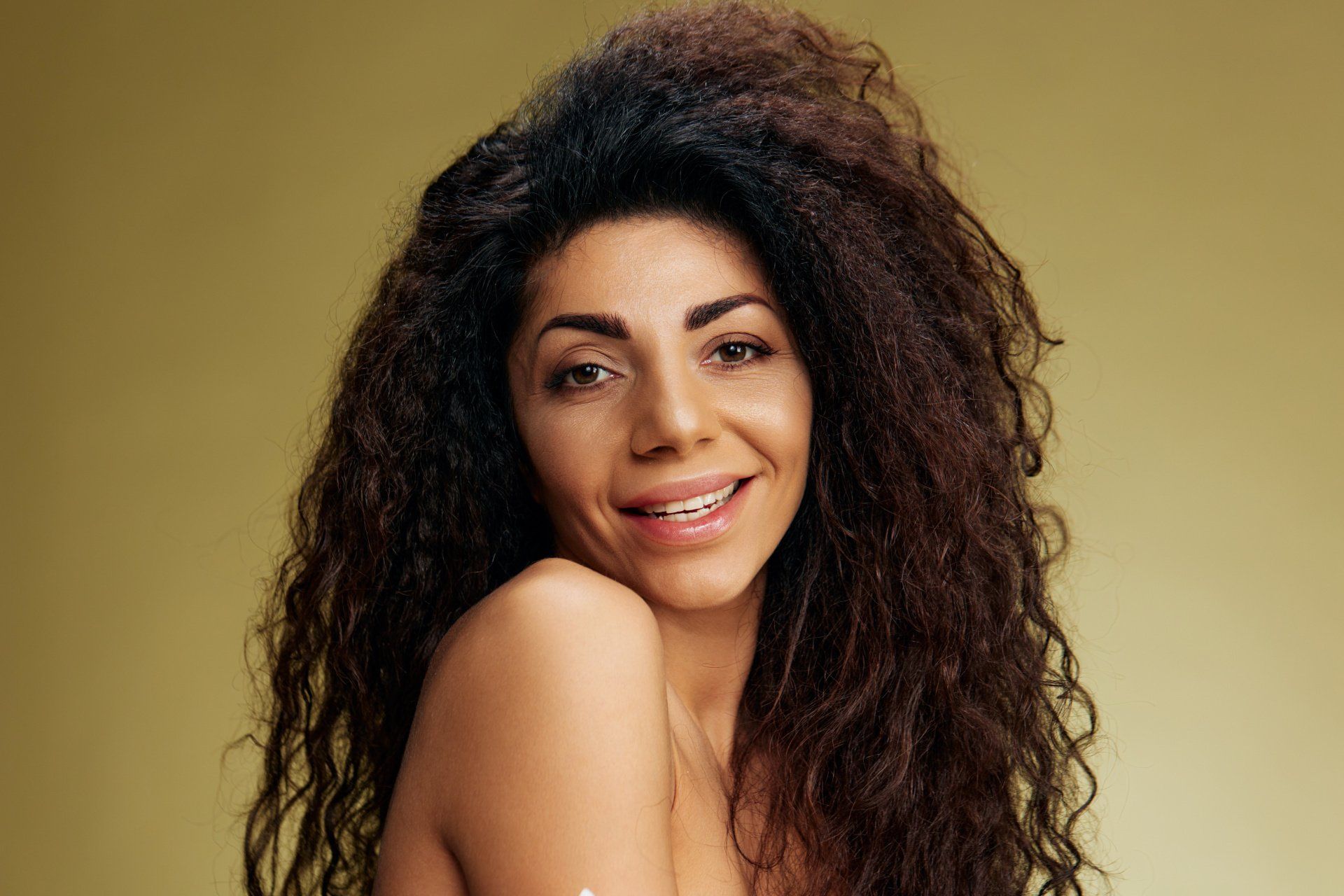Hair Extension Guide for Beginners
Hair extensions allow you to give your own hair a well deserved thickening boost to add volume and dimension to your look. They provide the means to creatively explore alternative new styles as they effortlessly blend with your natural tones for a flawless, seamless finish.
If you’ve never had hair extensions before, then you’ll require a little guidance when it comes to choosing, caring and maintaining your new head of hair. As leading experts, here at RMUK, we have put together the ultimate beginners guide to ensure you get the most out of your new luscious locks.
Why get hair extensions?
Hair extensions add glamour to your look within the space of just a few hours. They are a great way to add volume, length, and colour to your hair that blends in seamlessly with your natural tone.
A top tip if you are new to the world of hair extensions is to start with temporary extensions. This way, you’ll be able to experiment with different styles and colours without the commitment of semi-permanent extensions.
Tape hair extensions are a great way of experimenting with different styles, giving you the opportunity to switch up your look if you’re unsure.
How to wash hair extensions
Hair extensions should always be washed using a shower head that flows in the same direction as your hair to prevent tangling. Avoid washing hair extensions in the bath as this can cause them to loop and knot.
- Brush hair thoroughly using a tangle teezer or wide-toothed comb.
- Wet hair under running water.
- Lather a 50p sized amount of salon quality shampoo from the roots down. Do not scrub in circular motions, just gently smooth over.
- Run water to remove access shampoo and run fingers through to ensure all the product is washed away.
- Apply a 50p sized amount of salon quality conditioner from mid lengths to the end of your hair (please avoid lubricating bonds/rings).
- Rinse thoroughly.
How to colour match hair extensions
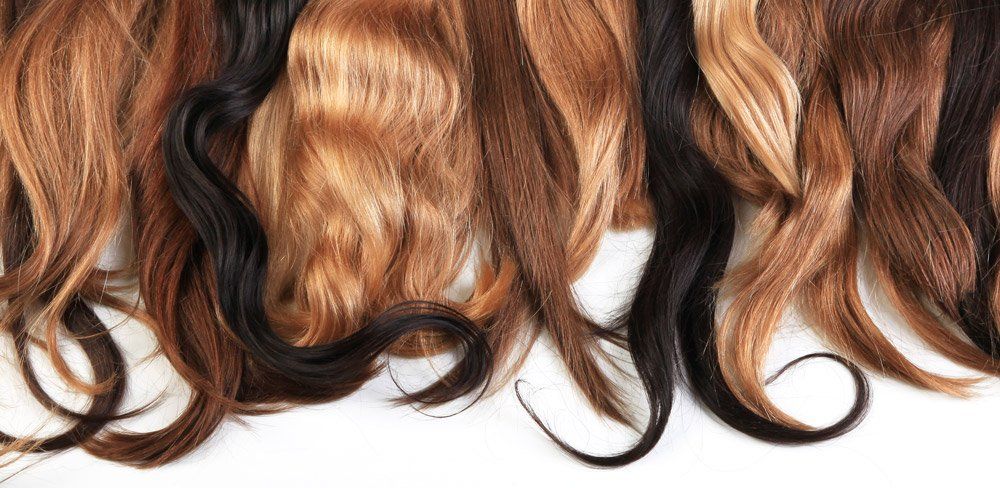
- If you’re matching hair extensions yourself, try to match your hair extensions to the ends of your hair rather than the roots as that is where they need to blend the most.
- For a professional match, book a consultation with a stylist who can perfectly match up your extensions with your hair and skin tone for an overall natural look that will suit you.
Be prepared to customise your colour or tone, especially if you’ve got balayage or ombre hair. If you’ve got platinum blonde or cool ashy hair then you may also need to consider a toner too.
How to look after hair extensions
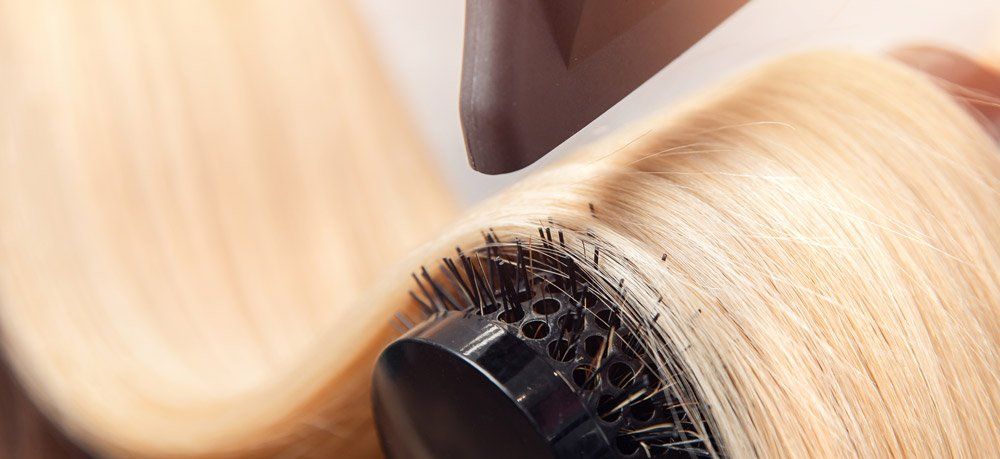
If you’re a hair extensions newby then you may be concerned that extensions are too high maintenance. Realistically, to keep them healthy, you should treat them as you would treat your own hair but with only a few extra steps.
- Every morning separate your bonds with your fingers to ensure they aren’t tangled and are sitting separately.
- Wash your hair extensions correctly with high quality salon products.
- Brush your hair gently with a hair extension hairbrush.
- Never sleep with wet extensions.
- Attend regular hair extension maintenance appointments (every 4-6 weeks).
- Use weekly deep conditioning treatments.
- Avoid chlorine in swimming pools and minerals in the sea as it will leave your hair extensions brittle.
- Use heat protective spray when using heated products on real human hair extensions, and make sure the appliances are set to a low heat. Treat your extensions as you would your own hair.
- Ensure your blow dryer is on a cool setting and direct your nozzle down, in the direction of your hair.
How much do hair extensions cost?
The cost of hair extensions can range from £300 to £600 but this varies greatly depending on where you get them done, the type of hair extensions you opt for, how long the extensions are, and how thick you want them to be.
These factors will usually be decided at a consultation appointment depending on your hair requirements including volume of your own hair and whether or not you require treatment such as colouring prior to getting extensions.
Types of hair extensions
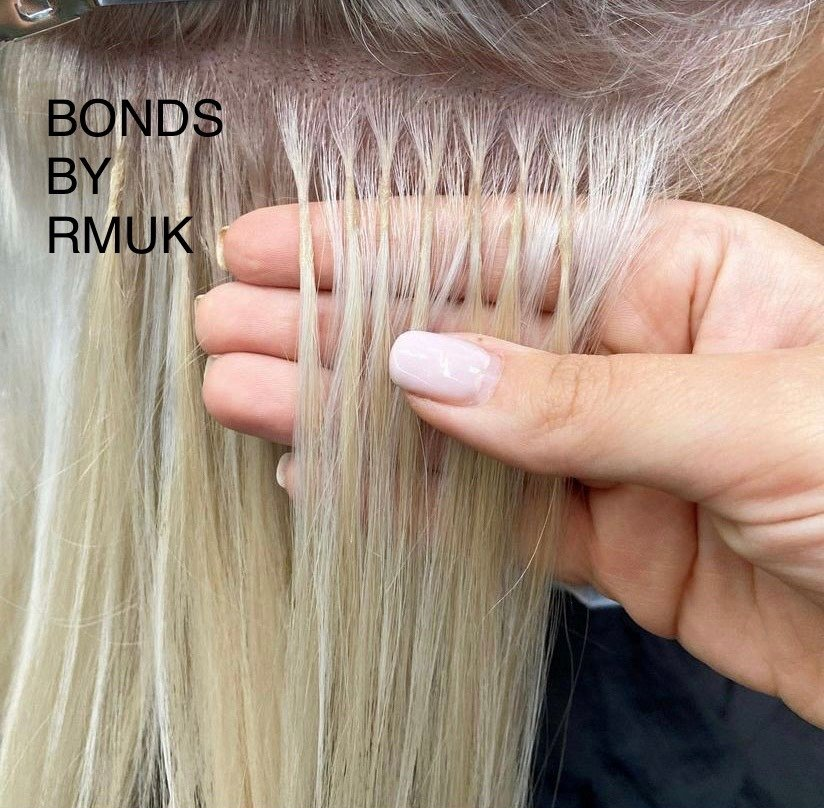
Different companies and salons offer a wide range of hair extensions, and due to continuing development in this area, their benefits are always improving. The main types of hair extension that you may be offered are:
Clips-ins
As the name suggests, clip-in hair extensions are a temporary type of hair extension that attaches to your hair using clips. They come in varying lengths and widths, and can be easily applied at home.
Clip ins can look less natural than other forms of hair extensions, and cause tugging on your hair.
Tapes
Tapes are semi-permanent hair extensions where strands of real human hair are bonded to your hair in strips. They are super quick to apply, and can last 9-12 months because they can be reapplied as they grow out with your hair.
Tapes can require more maintenance because you’ll need to get them refitted more often than other semi-permanent options, but this makes them an excellent beginners option because they are non-commital.
Tape hair extensions should be applied by a professional to avoid heat damage, and an experienced hair extensions stylist will be able to more easily control the amount of heat that comes into contact with your hair.
Wefts
Wefts hair extensions are strands of hair sewn into cloth that a stylist will ‘sew’ to your hair. Wefts are usually much heavier and thicker than tapes or bonded hair extensions.
Bonded
Bonded hair extensions are strands of real human hair that are applied around small strands of your natural hair using a keratin bond and should be applied in a salon.
Bonded hair extensions grow out with your hair naturally and give a seamless finish to your overall look. This semi-permanent method of applying hair extensions can last up to 12 weeks, and replacements are recommended every 3 to 5 months.
RMUK proudly uses Great Lengths, Hair Rehab, and Beauty Works for our hair extensions. Our experienced stylists are experts at Great Lengths Extensions and Tapes extensions, but are happy to discuss other options that might be better suited for you at your consultation appointment.
How to remove hair extensions
It’s better to get your extensions removed by a salon professional to avoid damaging your hair.
Hair stylists will:
- Apply a gel to soften the bond.
- Use a tool to further soften the bonds. This is why it is vital to have a professional remove your hair extensions; if you didn’t apply enough solution and the bonds are still firm, you can cause breakage.
- Slide the extensions from your hair.
- Comb through the strands to separate any tangles and smooth out the remainder of the glue.
Once your extensions are out, your stylist will want to trim and treat your hair as it may not have grown out evenly and you’ll likely have missed your regular 6 week haircut. They may also wish to touch up your colour if you have coloured hair.
Do hair extensions damage your hair?
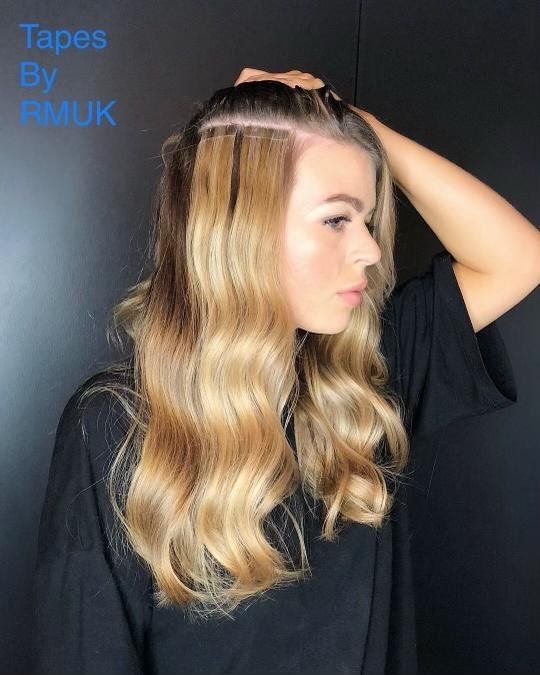
No, hair extensions applied and removed by a professional hair stylist shouldn’t damage your hair, as long as they are cared for properly.
Common hair extension errors that can cause hair damage:
- Home application can lead to heat damage, as you won’t be able to control the levels of heat being applied to your hair.
- Not following haircare advice and neglecting your extensions.
- Attempting to remove extensions at home. If you don’t apply the solution correctly, which is easy because you can’t see extensions around the back of your hair, then the still firm bonds can easily damage your hair.
What are hair extensions made of?
Artificial hair
Synthetic hair extensions, although not commonly used by salons, are usually made using acrylic or nylon and are therefore cheaper to buy. Synthetic hair extensions are only advised for clip-ins as you’ll be limited in styling because heat appliances can easily damage them.
Real Human Hair
The majority of hair extensions are made using real human hair which are much better quality than artificial extensions. These are the best option for a natural, effortless finish.
RMUK uses only real human hair extensions to blend in smoothly with your natural hair.
How to treat hair before extensions
It is important to have your roots as dry as possible so that the extensions form a stronger bond to your hair. If you have oily roots, your stylist may wish to treat or wash your hair before your appointment.
You will want your natural hair to be layered so that the extensions blend in more seamlessly.
Your stylist will prep your hair for extensions before applying them, but if your specific stylist requires you to treat your hair beforehand, they will discuss this with you at a consultation appointment.
Hair extensions by style
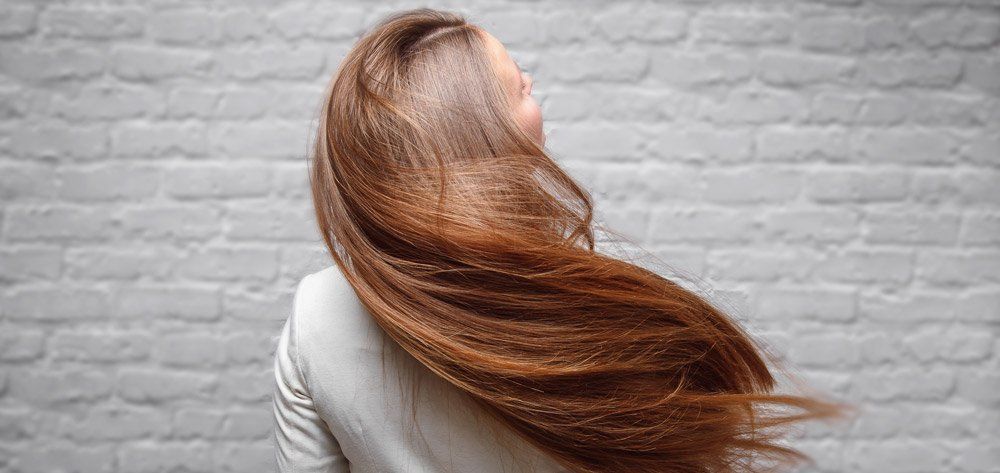
Best Extensions for Fine Hair
The diameter of your ponytail should determine the amount of extensions you will need. This means that if you have very fine hair or lack hair density, you should opt for less hair extensions.
While it may be tempting to bulk out fine hair using masses of extensions, overcompensating can leave you with an unnatural finish that doesn’t blend into your natural look. Stay true to your hair type, as extensions will naturally bulk out your hair so they will always give you volume, regardless of how many you choose to use.
Extensions for straight hair
We recommend getting extensions that match the texture of your hair, as this will lead to less maintenance in the long run. If you have straight hair, stick to using straight extensions so that you can pick and choose when to style them along with your own hair.
Human hair extensions can be styled using heat, but make sure to stick to a low heat and treat them as you would treat your own hair.
Best extensions for curly hair
Curly hair can be one of the most difficult textures to match with extensions because everyone’s curls are different, but this doesn’t mean that extensions aren’t for you.
Most curly hair has a thick, coarse texture that makes carrying hair extensions heavy on a long-term basis. That is why we recommend using clip-ins or tapes that are more temporary to avoid hair damage.
Many people with curly hair will long for extended locks, but growing out curly hair can take time and a lot of maintenance. That is why hair extensions are the perfect option for making your hair longer, but fast!
Should I get hair extensions done by a stylist?
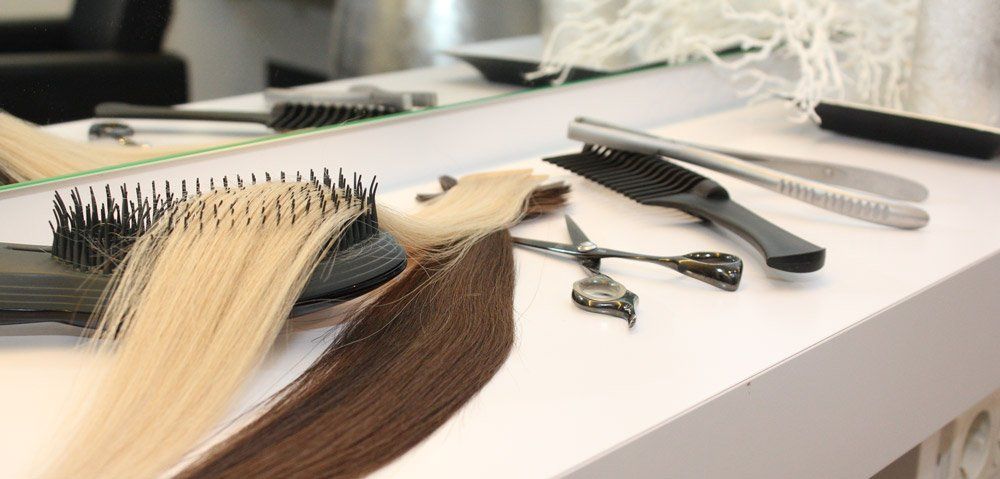
The short answer is yes!
Professional stylists have the experience and know-how to apply and remove extensions safely in a manner that doesn’t cause damage to your hair.
RMUK’s professional stylists have bundles of experience at applying Great Lengths and tape extensions to leave you with a flawless final finish in no time.
You too can have the ultimate salon finish by booking an appointment with RMUK in Leeds city centre today.
0113 243 6842 |
info@rm-uk.com | 57 Great George St, Leeds, LS1 3BB


